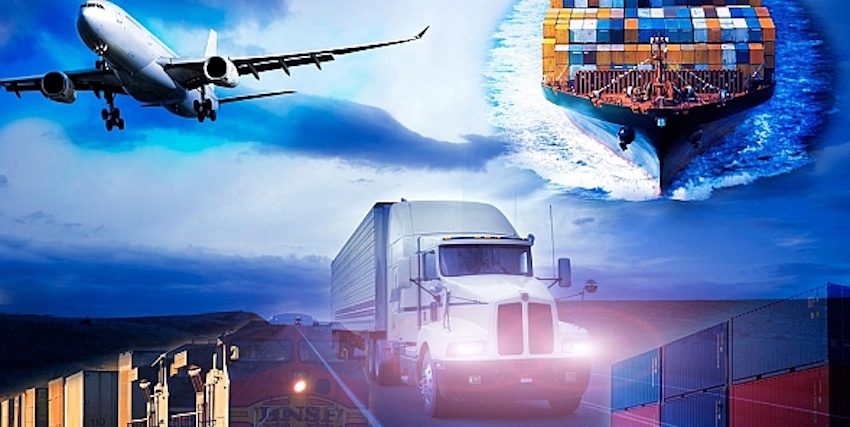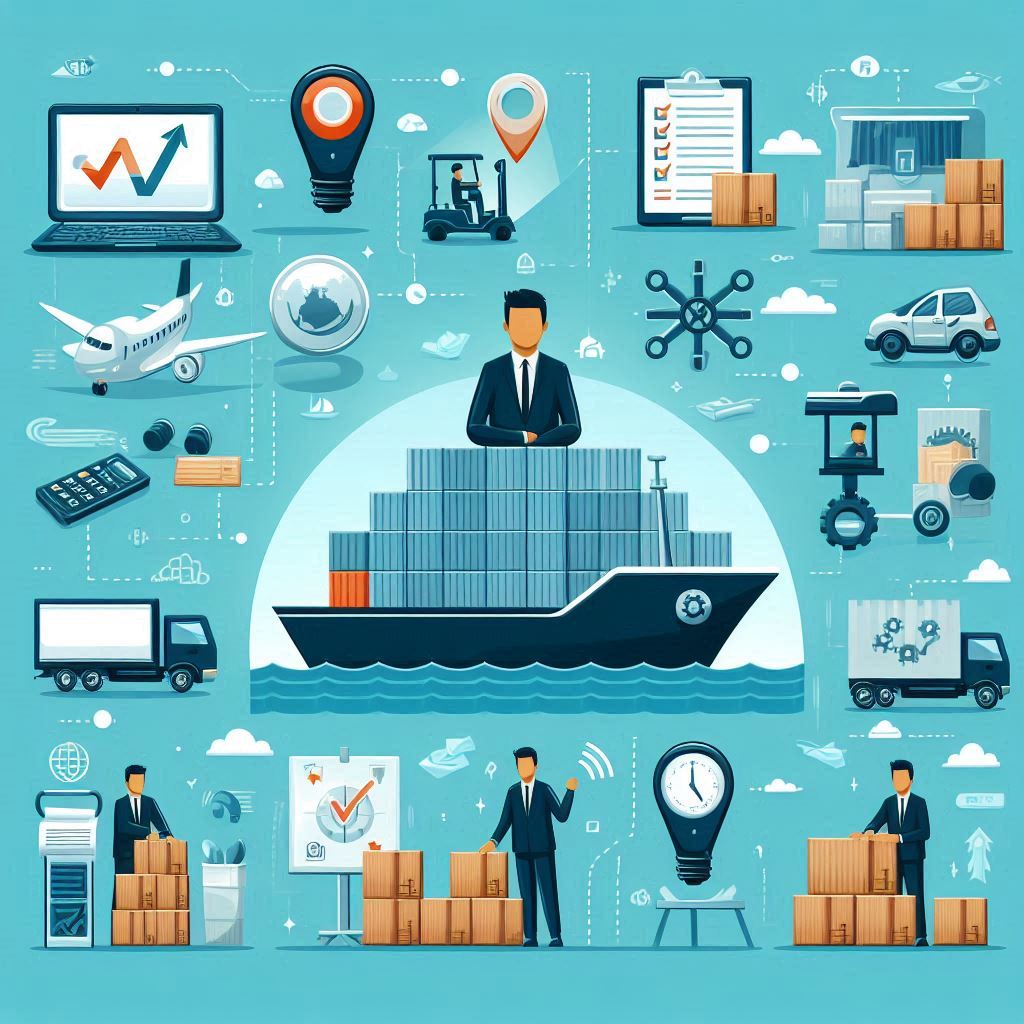The freight forwarding industry has faced many challenges and opportunities in the past few years, and 2023 will be no different. From supply chain disruptions to economic slowdowns, from protectionism to sustainability, freight forwarders need to be ready for anything.
In this post, we will explore some of the key trends that will shape the freight forwarding industry in 2023 and how you can prepare for them.
1. The unexpected becomes expected
The COVID-19 pandemic, the Suez Canal blockage, the war in Ukraine, and other black swan events have shown that supply chains are vulnerable to unpredictable and disruptive events. These events can have a huge impact on freight forwarders’ operations, costs, and customer satisfaction.
To cope with these uncertainties, freight forwarders need to build flexible and resilient supply chains that can adapt to changing conditions. This means investing in digital technologies that can provide visibility, agility, and efficiency. It also means diversifying your modes of transport, routes, and partners to reduce your risk exposure.
2. Economic uncertainty and the rise of protectionism
The global economy is expected to slow down in 2023, as inflation, geopolitical tensions, and trade barriers affect consumer demand and business confidence. The International Monetary Fund (IMF) predicts that global economic growth will drop from 6.0% in 2021 to 3.2% in 2022 and 2.7% in 2023. The World Trade Organisation (WTO) forecasts that global trade growth will fall from 9.5% in 2021 to just 1.0% in 2023.
These trends will have a significant impact on freight forwarders’ customer base, as some markets may shrink or become more competitive. Freight forwarders need to monitor the economic and trade developments in their target markets and adjust their strategies accordingly. They also need to look for new opportunities in emerging markets or niche segments that may offer higher growth potential.
3. Sustainability becomes a priority
Sustainability is becoming a key factor in the freight forwarding industry, as customers, regulators, and society demand more environmentally and socially responsible practices. Freight forwarders need to align their operations with the global goals of reducing greenhouse gas emissions, improving resource efficiency, and ensuring fair labour standards.
To achieve this, freight forwarders need to adopt green solutions such as low-carbon modes of transport, renewable energy sources, circular economy principles, and digitalisation. They also need to measure and report their environmental and social performance and communicate their value proposition to their stakeholders.
4. Digital innovation drives transformation
Digital innovation is transforming the freight forwarding industry, as new technologies enable new ways of working, collaborating, and delivering value. Freight forwarders need to embrace digitalisation as a strategic advantage that can help them improve their processes, products, and customer experience.
Some of the digital technologies that freight forwarders can leverage include:
- Cloud computing: Cloud computing allows freight forwarders to access data and applications from anywhere, anytime, and on any device. It also enables scalability, security, and cost-efficiency.
- Artificial intelligence: Artificial intelligence (AI) can help freight forwarders automate tasks, optimise decisions, and generate insights. It can also enhance customer service, personalisation, and engagement.
- Blockchain: Blockchain can help freight forwarders create transparent, secure, and traceable transactions across the supply chain. It can also facilitate smart contracts, digital identity, and compliance.
- Internet of things: Internet of things (IoT) can help freight forwarders monitor and control their assets, vehicles, and cargo in real time. It can also enable predictive maintenance, quality assurance, and safety.
Conclusion
The freight forwarding industry is facing a dynamic and challenging future that requires constant adaptation and innovation. Freight forwarders need to be prepared for the unexpected, cope with economic uncertainty and protectionism, prioritise sustainability, and leverage digital innovation.
By doing so, they can not only survive but thrive in 2023 and beyond.






